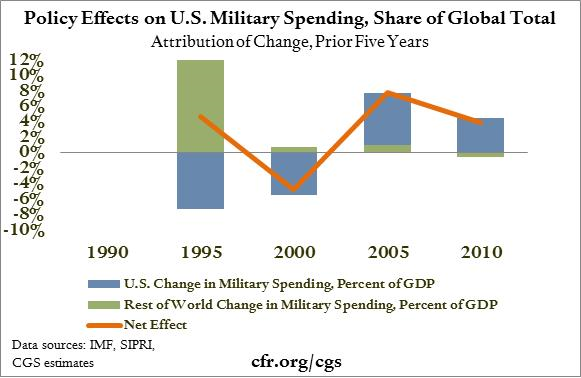
The question is whether there is the political will to provide it. The United States can afford more for defense, and more importantly, it needs more for defense. Military expenditures compares spending on defense programs for the most recent year available as a percent of gross domestic product (GDP calculated on an. However, the US is nowhere close to that point. It is of course true that, at some unspecified level, military spending (or any other kind of federal spending) exerts a drag on the economy. In pondering ways to increase defense, US officials face the nightmare trifecta-raise taxes, cut popular social programs, or accept a big federal deficit.īasic political dynamics in Washington tend to pit the Pentagon against the entitlements-hence, Spinney’s charge of a looming “total war on Social Security and Medicare.” This was higher than in 2010, but much lower than the peak of 5.5 per cent reached in 2016. The pressure caused by this huge new spending burden has robbed the US of much of its flexibility and capacity to easily expand the defense effort. The military burden on Russia’s economythat is, military spending as a share of gross domestic product (GDP)was 3.9 per cent in 2019. Medicare, Medicaid, Social Security, and other entitlement programs now account for government spending equal to 12 percent of the nation’s GDP. The postwar period has seen a spectacular expansion of many other categories of federal spending-in particular, so-called “entitlements” spending. Because the US has in the past devoted a far larger portion of national wealth to defense, it should be able today to commit a far larger share, all things being equal. Indeed, it has consistently failed to completely replace equipment worn out or lost in combat.Ĭomplication 2. Hawaiis Defense Economy Brings 7.9B in annual defense spending to Hawaii Hawaiis Defense Economy Accounts for 8.3 of Hawaiis GDP Hawaiis Defense. The distinction is important, because war spending does nothing to maintain or modernize the standing force. An extra half-percent of GDP allocated to the core defense budget in 2009 would provide to the US military an additional $75 billion. Funding for that critical function is still bouncing around at three to 3.5 percent of GDP. Mullen, however, is talking only about core outlays. North America is by far the leading region worldwide in terms of expenditure on the military.The 4.3 percent figure combines both types of spending. Reasons for this are the outbreak of the Russia-Ukraine war in 2022 as well as increasing tensions in the South China Sea. The value of military spending globally has grown steadily in the past years and reached 2.24 trillion U.S. dollars on environmental and health costs.

dollars on missile defenses and 100 billion U.S.

dollars on nuclear weapons, 97 billion U.S. Between 20, it is projected that the United States will spend 392 billion U.S. The largest parts of the budget are dedicated to the Departments of the Navy and the Air Force. Per capita defense expenditure of the United States from 1995 to 2023 (in 2015 U.S. Congressional Budget Office, the outlays for defense will rise from 746 billion U.S. Basic Statistic Military expenditure as share of GDP 2022, by country.
#US MILITARY SPENDING GDP LICENSE#
License : Use and distribution of these data are subject to Stockholm International Peace Research Institute (SIPRI) terms and conditions. dollars spent, with Russia following in third.Īccording to the U.S. Military expenditure ( of GDP) - OECD members Stockholm International Peace Research Institute ( SIPRI ), Yearbook: Armaments, Disarmament and International Security.


China was the second largest military spender with an estimated 292 billion U.S. lower in the ranking of military expenditure as a percentage of GDP than Saudi Arabia, Israel, Qatar, Algeria, and Russia. gross domestic product (GDP), placing the U.S. That constituted nearly 40 percent of the total military spending worldwide that year, which amounted to 2.2 trillion U.S. The United States led the ranking of countries with highest military spending in 2022, with 877 billion U.S.


 0 kommentar(er)
0 kommentar(er)
